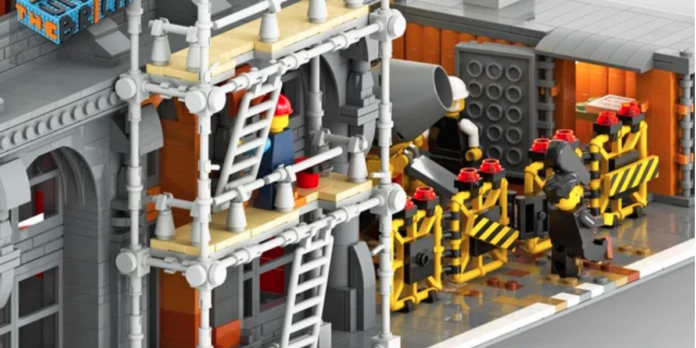Building Information Modeling (BIM) technology has been around for about four decades and most universities now include it in their engineering, architecture and construction management curriculums. This means that new generations of construction professionals will know their way around this challenging software.
That’s good news because BIM offers many benefits to this industry. They include faster and more efficient workflows, more accurate communications, more effective coordination between all team members, fewer change orders and a reduction in wasted materials.
Whether or not an architect or builder embraces BIM, however, tends to depend on the size of their firm. According to the American Institute of Architects’ report The Business of Architecture 2016, a full 96% of large firms and 72% of mid-sized firms use one or more BIM software programs, but just 28% of small firms do.
Offsite construction is dominated by small firms so there’s obvious room for growth. How best to enable that growth? A good first step would be to make students of architecture, engineering and construction technology aware of the career opportunities we offer them. We need to work with universities to get classes in offsite construction technology taught to those same students who are learning BIM software.
BIM and offsite are a perfect match because both are about pre-constructing the building. With BIM you can build an entire project virtually, working out problems on the computer rather than on the job. With offsite, you can pre-build components that are assembled relatively quickly on-site. Together, they eliminate a huge amount of wasted time and money.
Both technologies are ideal for complicated projects that can be mass-produced, or that can be repetitively built. They allow teams to design, engineer and build something once, then reliably replicate the results across multiple projects.
To illustrate how these technologies work together, I will start with an analogy.

One of my favorite tools for helping people visualize the benefits of offsite is the LEGO® CLASSIC Creative Brick Box I keep in my office. It includes 200 unique pieces and 484 pieces total, which were mass-produced and placed into the container. Anyone ages four to 99 can take just those elements in the box and create a house, a skyscraper, a boat, a bridge, a plane, a castle, a car, etc. You don’t need any other pieces and your imagination is your only limit.
The analogy is obvious. In the offsite world, the unique elements are the well-thought-out parts of a home that a manufacturer can use to create modules in a variety of styles. The modules are then delivered to jobsites and assembled into homes, apartment buildings, or hotels.
Offsite is a powerful way of building, but BIM makes it even more powerful. That’s because a BIM model links to an underlying database with detailed information about each element as well as about individual modules and the building as a whole—weight, strength, MEP layouts, environmental and energy modeling results, pricing, financial and legal data, and whatever other variables the architect, engineer or manufacturer decide to include. BIM makes offsite construction even more cost-effective.
BIM also supports automation. Many forward-thinking offsite manufacturers have been retooling their operations to support digital workstreams that run robotics and other automation equipment with data, and the data included in a good BIM model will be of great value to them.
However, manufacturers also have to grapple with the question of how much automation they need. If you automate too soon and the technology becomes outdated, then you risk a big loss. If you don’t automate soon enough, you risk falling behind the more efficient and technologically-advanced manufacturers and also risk losing everything.
This helps explain why BIM has only been embraced by a few manufacturers—many consider it a risky challenge. But despite that challenge, the pace of adoption is finally building speed. Many factories are starting small, but they are making investments.
The question is, can the new factories coming online leapfrog the current construction industry? Can offsite builders adopt BIM and factory automation faster and more completely than traditional on-site builders? We will see.


















I introduced Chuck Eastman to 3D modeling of architecture pwith full BOM & costing who scoffed stating “architects don’t care about cost”, quit the software company we worked for, went to U of Ga and voila – BIM.
True, rules-based BIM exists with framing in ANY material or combinations of materials, including create your own, along with real plumbing, electrical, HVAC, already proved in over 40,000 panelized units.
Really interesting post, thanks a lot for sharing!